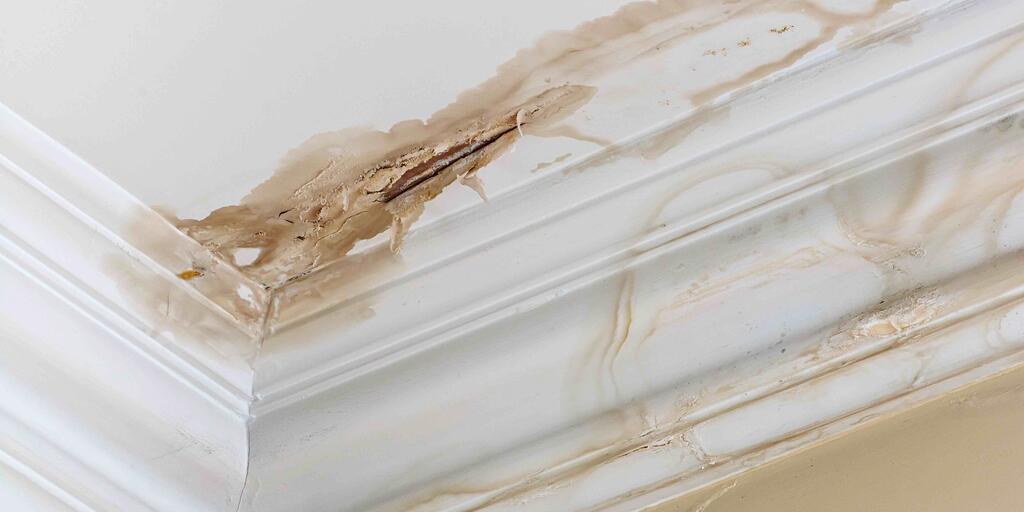
The Ultimate Guide to Dealing with Water Damage – Tips and Prevention
Water damage can strike unexpectedly, wreaking havoc on your property and belongings. Whether it’s a burst pipe, a leaky roof, or a natural disaster, water damage requires immediate attention to prevent further destruction. In this comprehensive guide, we’ll delve into the various aspects of Water Damage Blog, from its types and causes to effective cleanup and prevention strategies. By the end of this article, you’ll be equipped with the knowledge to tackle water damage head-on and safeguard your home.
Introduction
Water damage is a common issue faced by homeowners, renters, and property managers alike. From minor leaks to major floods, the consequences of water damage can be extensive and expensive. Taking prompt action is crucial to minimize the impact and prevent long-term issues such as mold growth, structural deterioration, and health hazards.
Types of Water Damage
Understanding the categories of water damage is essential for effective mitigation. Clean water, originating from sources like broken pipes or overflowing sinks, poses the least risk. Gray water, containing some contaminants like soap or detergent, can arise from appliances or shower drains. Black water, highly unsanitary due to sewage or natural disasters, demands extreme caution.
Immediate Steps to Take
When faced with water damage, your safety comes first. Begin by shutting off the water source to prevent further flooding. If it’s safe to do so, unplug electronics in affected areas to avoid electrical hazards. Swiftly remove valuable items and furniture from harm’s way.
Assessing the Extent of Damage
Thoroughly inspect the affected areas once they’re safe to enter. Take photographs and notes to document the damage – this documentation will prove invaluable during insurance claims. A detailed assessment will guide your cleanup efforts and help professionals understand the scope of the issue.
DIY vs. Professional Assistance
Deciding whether to tackle the cleanup yourself or hire professionals depends on the severity of the damage. Small-scale cleanups might be manageable, but larger incidents require specialized equipment and expertise. Professionals can ensure thorough drying and mold prevention.
Water Extraction and Drying
Effective water removal is paramount in preventing further damage. Wet vacuums, pumps, and dehumidifiers play a vital role in extracting moisture. Proper ventilation expedites drying, reducing the risk of mold growth.
Dealing with Mold Growth
Mold can proliferate within 24 to 48 hours of water exposure. Recognizing its musty odor and visible signs is crucial. Safely removing mold involves wearing protective gear, containing the affected area, and using appropriate cleaning solutions.
Restoring Damaged Items
Furniture, carpets, and electronics can often be salvaged with quick action. Thoroughly clean and disinfect items before reintroducing them to your living space. Consult professionals for items with sentimental or monetary value.
Preventing Future Water Damage
Regular maintenance of plumbing systems, such as inspecting pipes and fixtures, can prevent water damage. Installing sump pumps and backup systems adds an extra layer of protection during heavy rainfall or plumbing failures.
Waterproofing Your Home
Sealing cracks and gaps in your home’s exterior, along with applying water-resistant coatings, can significantly reduce the risk of water infiltration. These preventive measures fortify your home’s defenses against water damage.
Insurance Claims and Coverage
Understanding your insurance coverage is crucial for navigating the claims process. Review your policy’s water damage provisions and initiate the claims process promptly. Detailed documentation and photographs will aid in a successful claim.
Long-Term Structural Concerns
Neglecting water damage can lead to compromised structural integrity. Unaddressed moisture can weaken foundations, walls, and ceilings. Prioritize structural repairs to ensure your home remains a safe haven.
Health Risks Associated with Water Damage
Contaminated water poses health risks, including bacterial and fungal infections. Avoid direct contact with standing water, wear protective gear during cleanup, and consider seeking professional help to ensure thorough decontamination.
Importance of Professional Inspection
After the cleanup, engage professionals for a thorough inspection. Their expertise can uncover hidden damage and validate the effectiveness of your cleanup efforts. An inspection report can provide peace of mind that your home is safe and habitable.
Conclusion
Water damage is a formidable adversary, but armed with knowledge, you can confidently face its challenges. From swift action during emergencies to comprehensive prevention strategies, you now possess the tools to safeguard your home and loved ones. Remember, the key to effective water damage management lies in preparedness and proactive measures.







